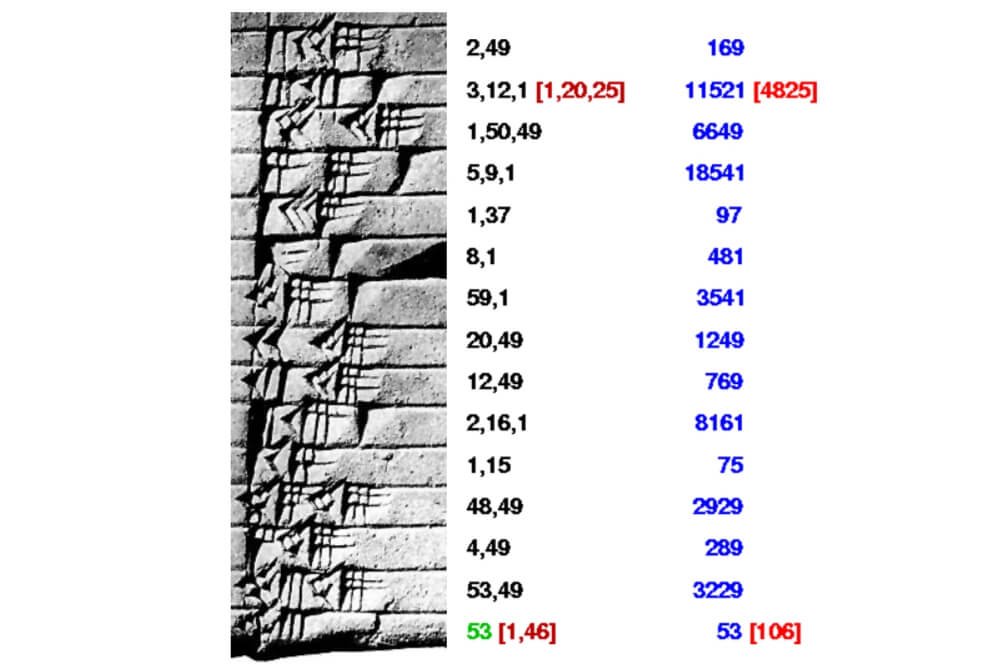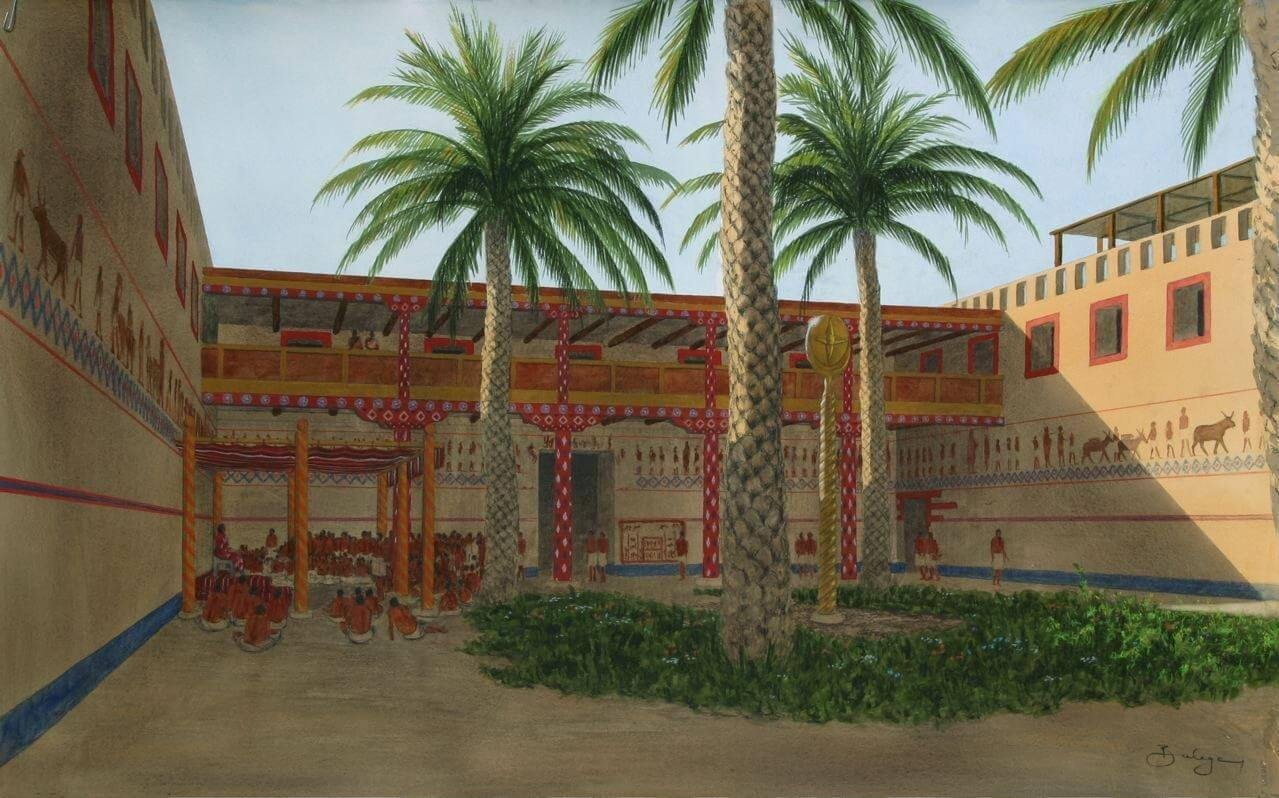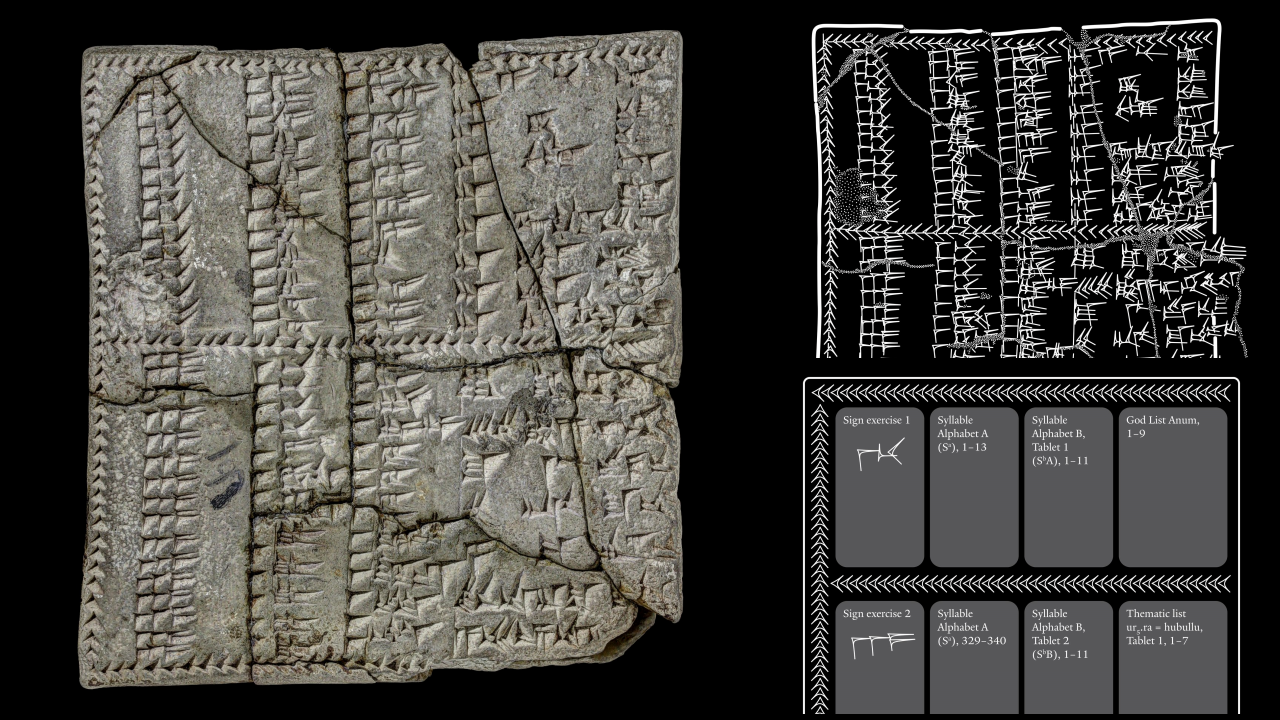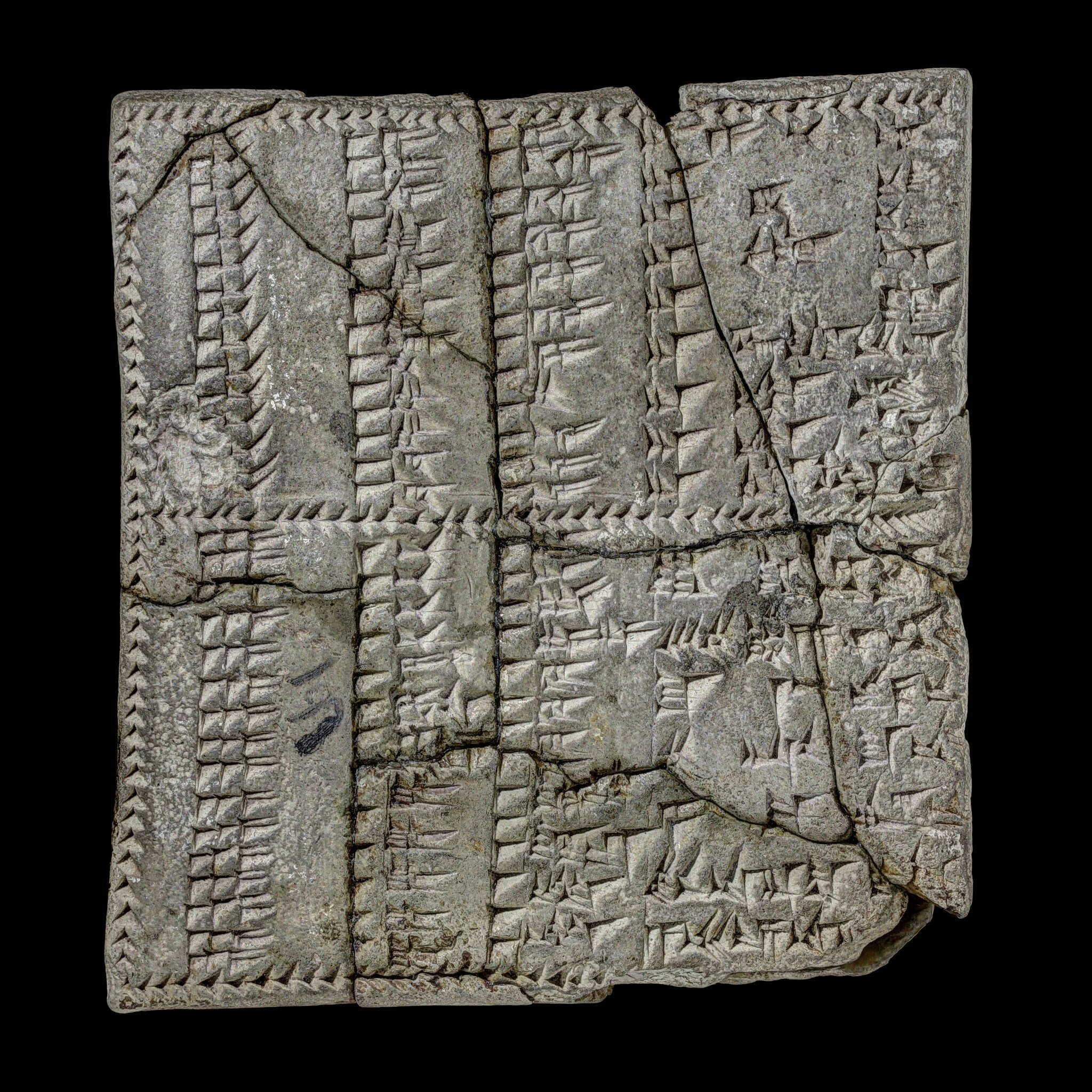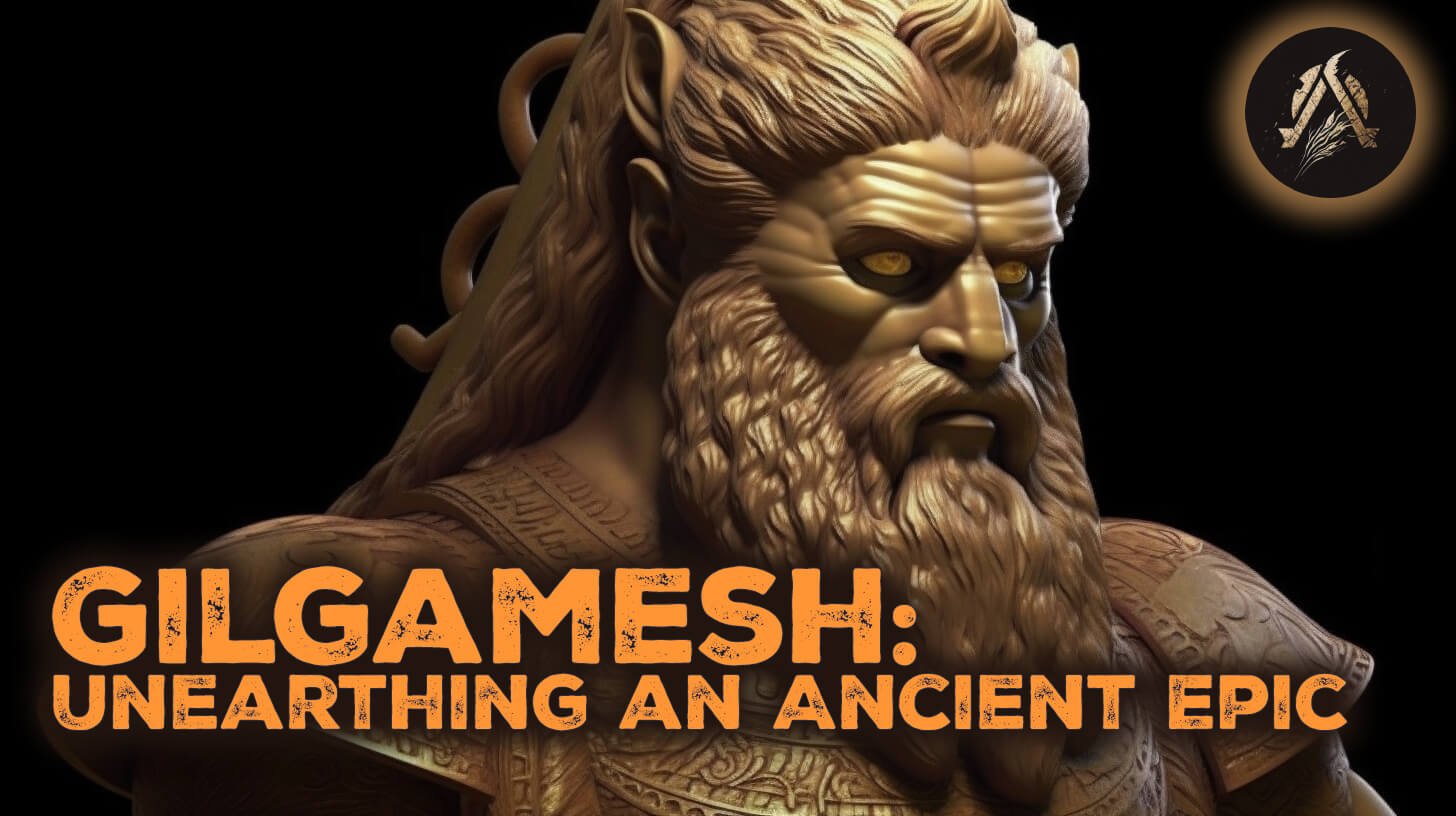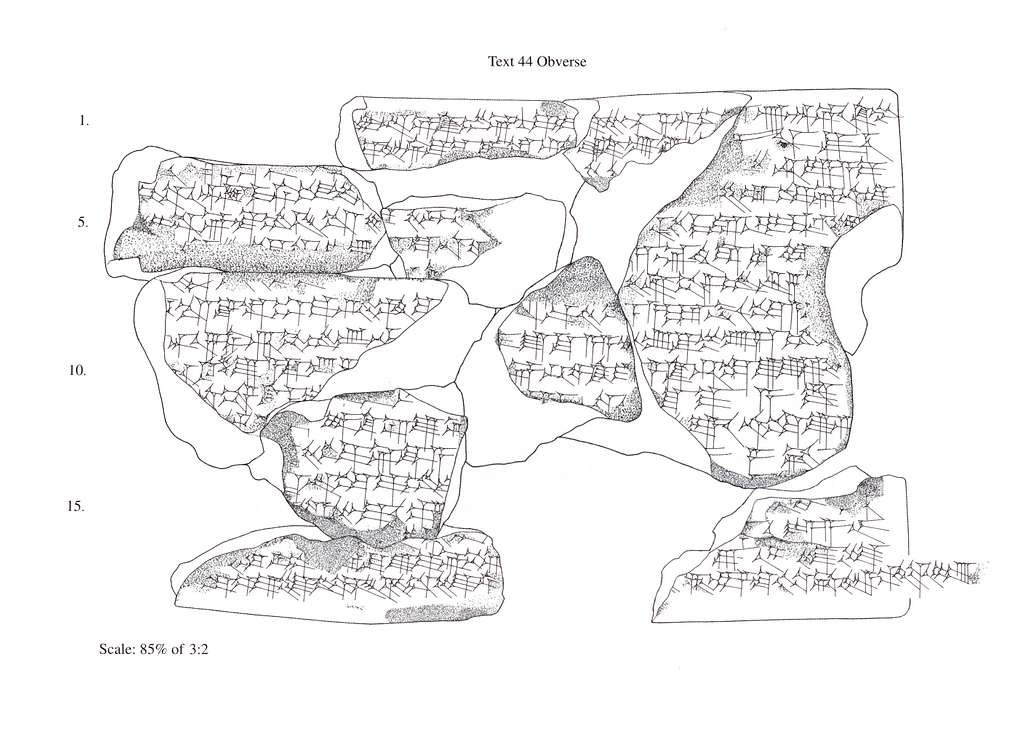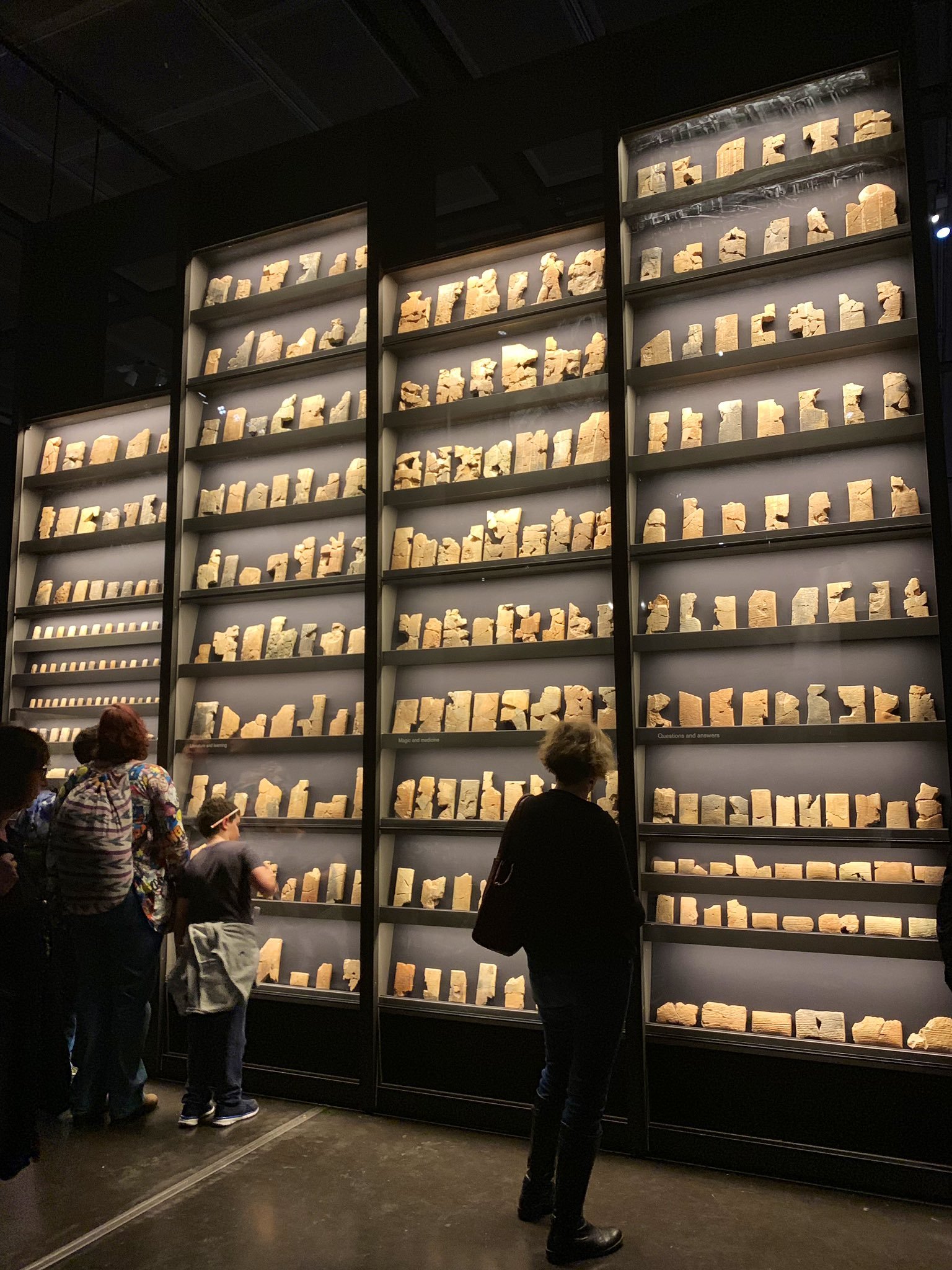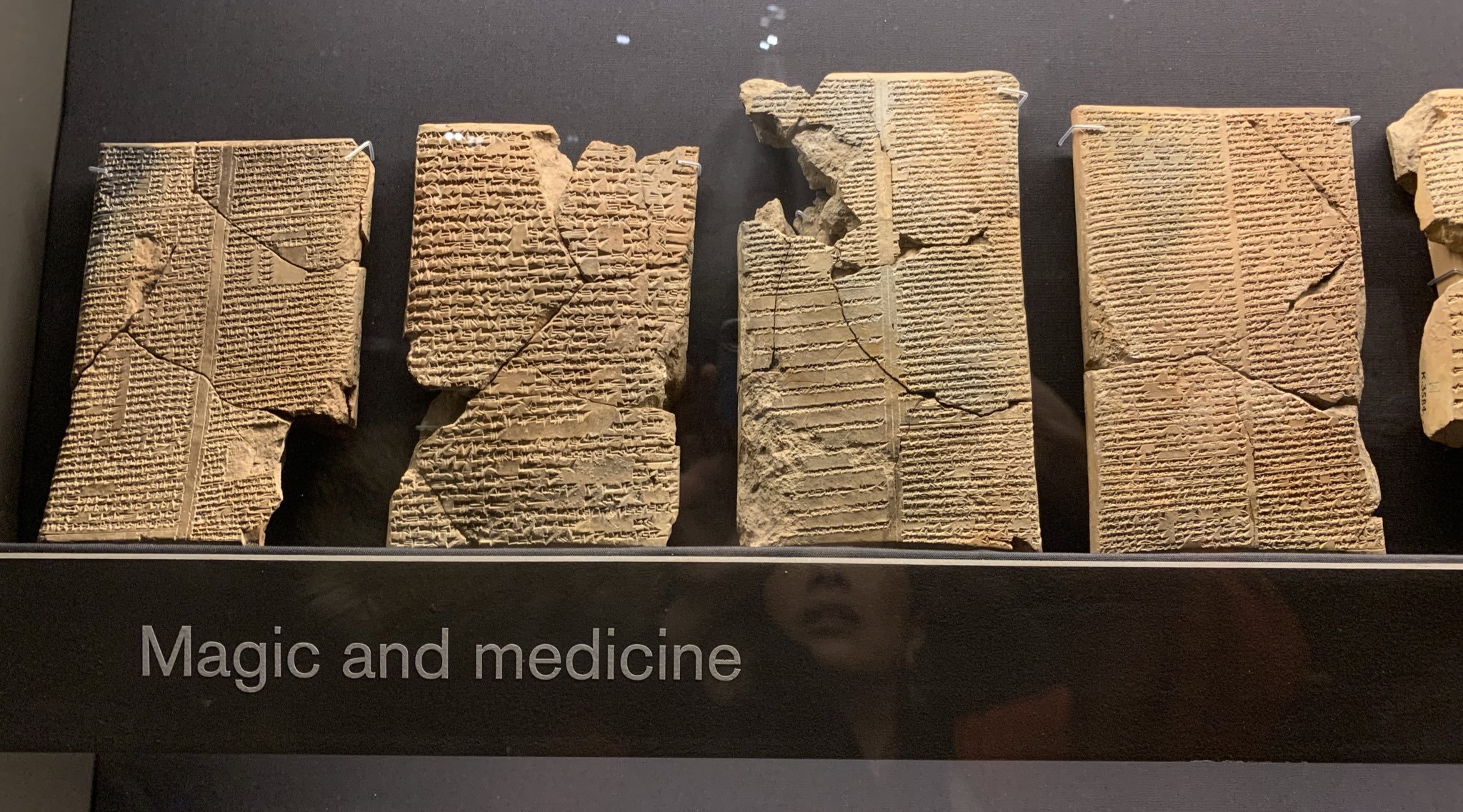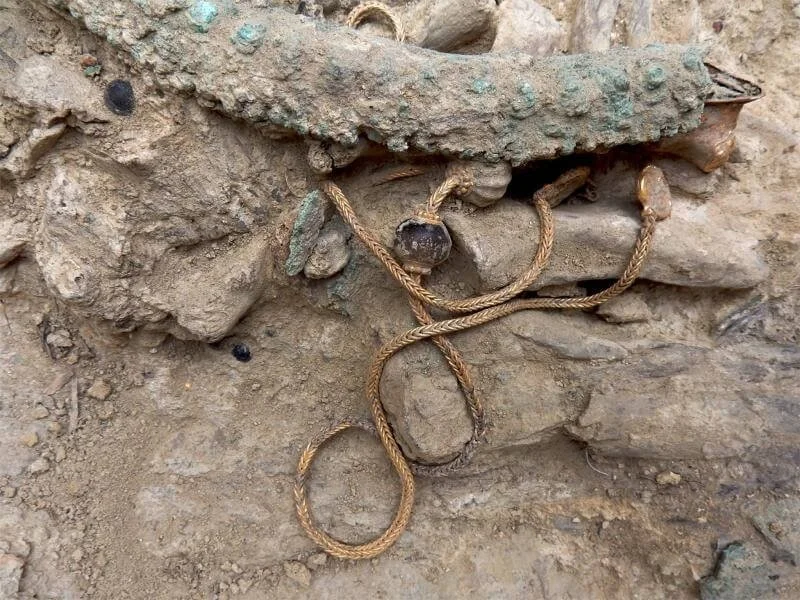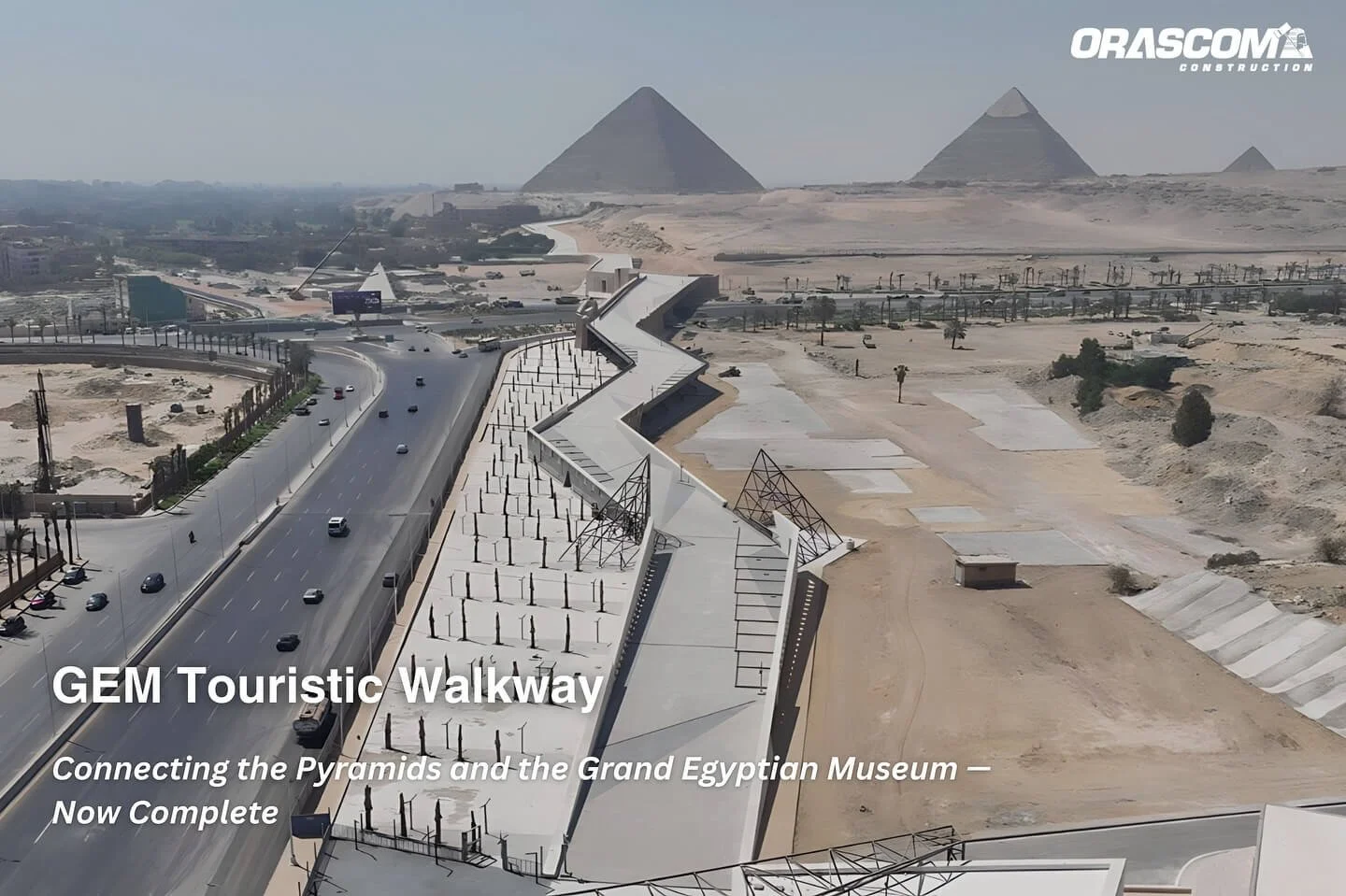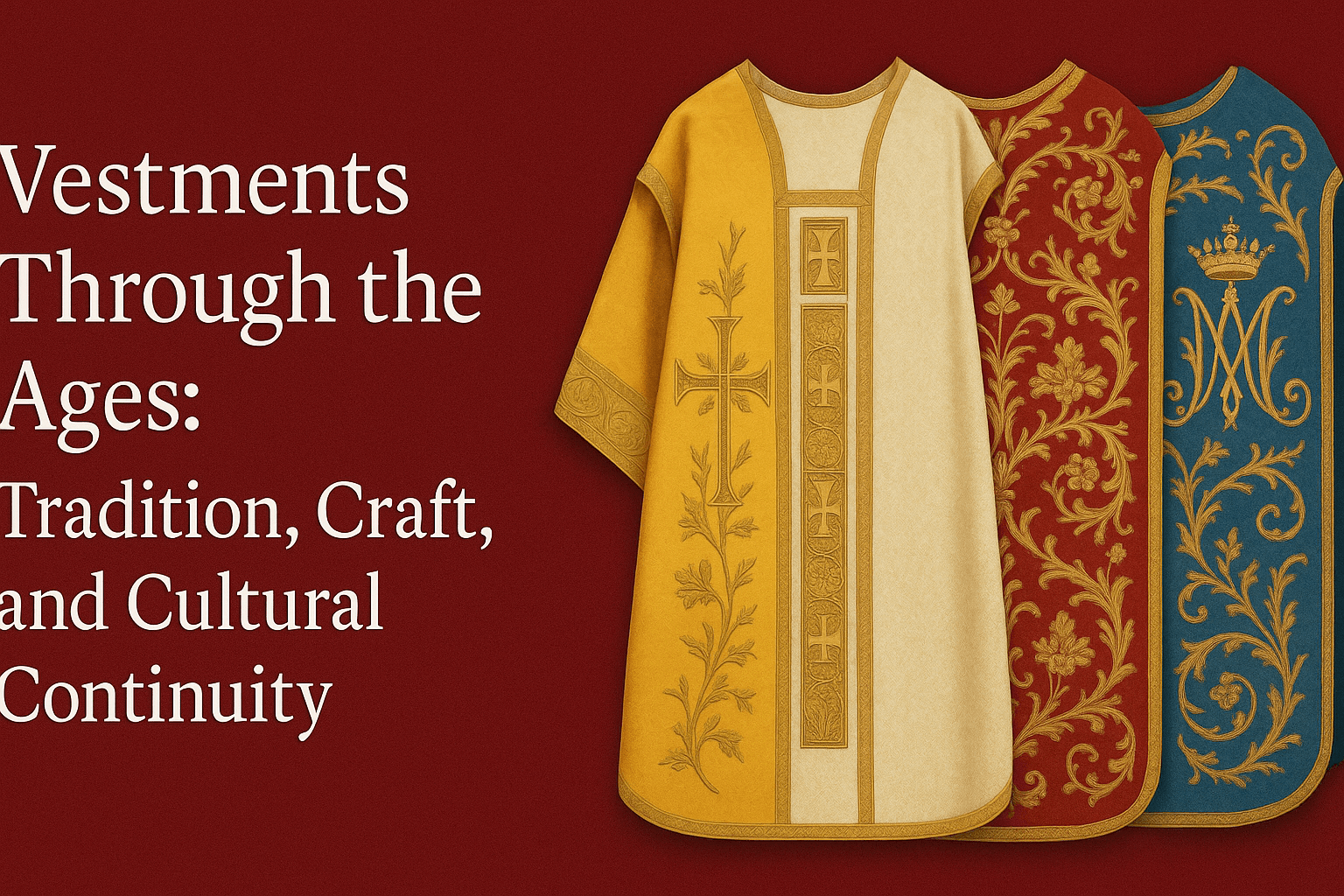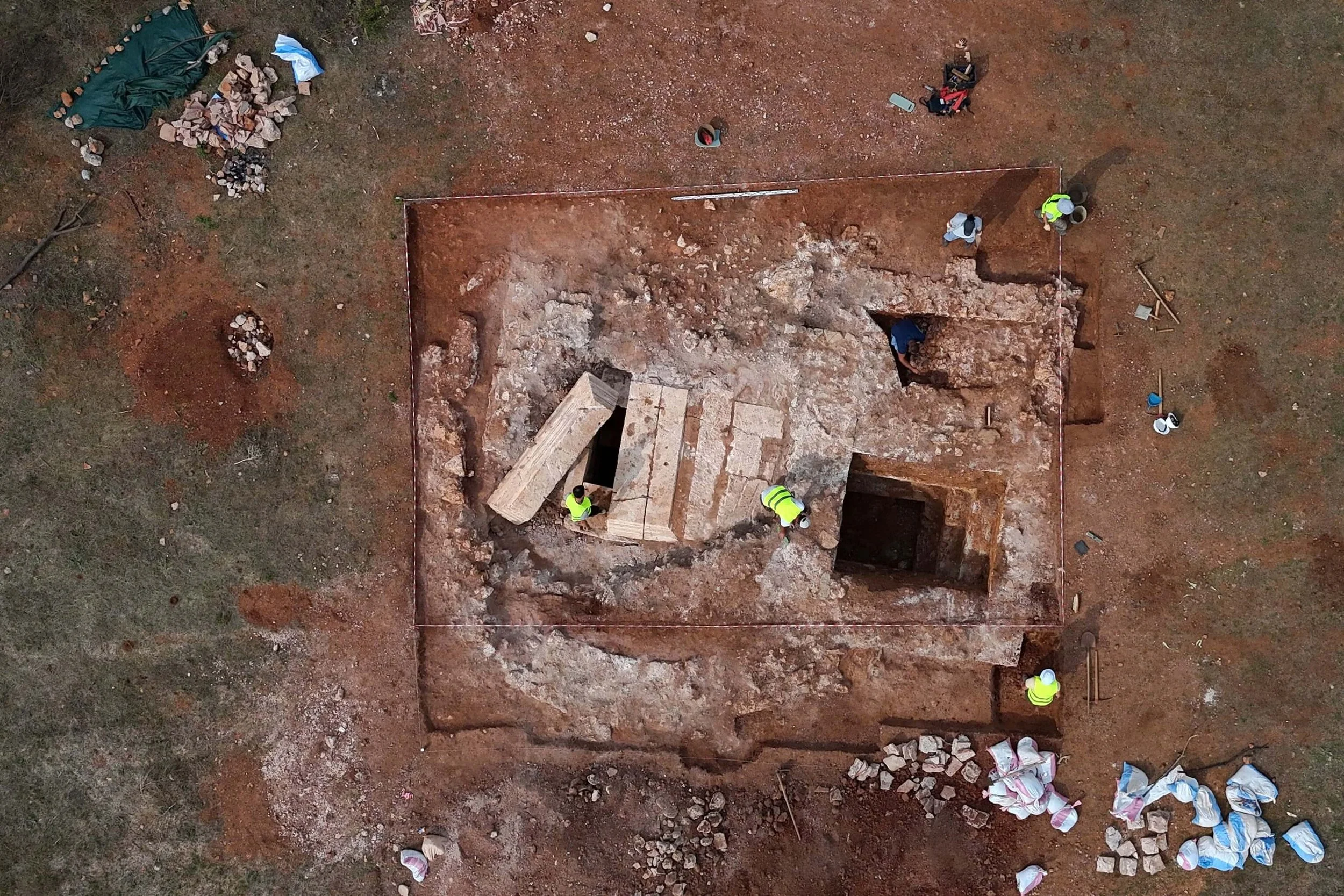Enlil, Ishkur, and the Clever Fox: A 4,400-Year-Old Sumerian Myth of Captivity and Rain Restored
In a recent study published in the academic journal Iraq, Assyriologist Dr. Jana Matuszak has produced the first full critical edition and translation of a long-overlooked Sumerian tablet, shedding light on a mythic narrative dating back approximately 4,400 years. The tablet in question, designated Ni 12501, originates from the ancient city of Nippur and belongs to the Early Dynastic IIIb period (ca. 2540–2350 BCE), a formative era in Mesopotamian civilization.
Although the tablet was excavated as early as the 19th century, it was never fully published or analyzed. Part of the reason for this neglect may stem from its fragmentary condition—less than one-third of the original text survives—which has made interpretation difficult. Another obstacle was bibliographic confusion: when the tablet’s text was partly quoted by renowned Sumerologist Samuel Noah Kramer on the dust jacket of a 1956 book, he failed to include its museum registration number, identifying it only in a subsequent publication five years later.
Despite its damaged state, Ni 12501 offers a rare glimpse into the Sumerian mythological imagination—particularly through its narrative, which features prominent deities and unique motifs not seen elsewhere in the surviving corpus.
Historical and Religious Context
The tablet was inscribed around 2400 BCE, during a time when Sumer was composed of independent city-states, each governed by its own institutions and centered around a tutelary deity. As Dr. Matuszak explains, "Each city-state had one patron deity (who in turn had an entire family and staff)." In Nippur, this was Enlil, the head of the Sumerian pantheon, whose sanctuary dominated the religious life of the city.
Although politically autonomous, the city-states shared a common language, administrative traditions, and religious structure. Variations existed—such as different dialects of Sumerian and local panthea—but core deities like Enlil and Ishkur were widely known. Ni 12501, while seemingly part of a Nippurite tradition, fits into this broader Mesopotamian religious framework.
The Narrative: Ishkur in the Netherworld
The fragment centers on a myth in which the storm god Ishkur—often associated with seasonal rains and agriculture—is trapped in the netherworld (kur). His father, Enlil, convenes a divine assembly, seeking a volunteer to descend into the underworld and retrieve his son. Of all the gods, only Fox steps forward to undertake the perilous mission.
Fox, in a display of cunning, gains access to the netherworld by accepting—but not consuming—food and drink offered to him. Instead, he stores them in a receptacle, thus bypassing the binding rules of the underworld. The story abruptly ends here due to damage on the tablet, and it remains uncertain whether Fox ultimately succeeds in rescuing Ishkur.
Nonetheless, even in its fragmentary state, the myth resonates with themes common in later Mesopotamian and broader Near Eastern traditions: the daring descent into the netherworld, the clever trickster, and the restoration of order by an unlikely savior.
Themes and Symbolism
The narrative opens with a vivid tableau of agricultural abundance—"glittering waters," fish-filled rivers, and multicolored cows belonging to Ishkur—before shifting into desolation. Ishkur’s captivity seems to coincide with a cessation of natural fertility, represented metaphorically through the abduction of children by the kur, possibly alluding to drought and famine.
This transition from plenitude to scarcity, followed by the anticipated return of the storm god, may encode a cyclical agricultural myth, tied to the seasonal rhythm of rains and crop renewal. The motif parallels other ancient traditions involving dying and returning gods.
The character of the Fox—depicted here as both daring and shrewd—marks the earliest known instance of this animal as a trickster figure in Mesopotamian myth. The fox’s cleverness and willingness to do what other deities cannot recalls broader literary tropes of lowly or marginal figures achieving divine goals—a pattern seen in myths worldwide.
Significance and Legacy
As Dr. Matuszak notes, "The Nippur fragment Ni 12501... is the only narrative in which Ishkur plays a leading role." Although he appears elsewhere in hymns and god lists, he rarely occupies the central position reserved here. This makes the tablet all the more valuable, offering a rare window into both the evolving Sumerian pantheon and the myth-making of the time.
Moreover, the story reflects cultural realities: in southern Mesopotamia, rainfall was insufficient for agriculture, and extensive irrigation systems were essential. This likely reduced Ishkur’s relative importance compared to storm gods in rain-fed regions, such as the Semitic god Hadad. Yet in Ni 12501, Ishkur takes center stage, perhaps revealing a regional or localized devotional tradition in Nippur.
Toward a Fuller Picture of Sumerian Myth
Although much of the tablet is missing and its original context remains elusive, Ni 12501 is a valuable piece in the larger puzzle of Mesopotamian literature. Its motifs—captivity in the netherworld, divine rescue, agricultural abundance, and trickster heroism—resonate across the centuries in both Sumerian and later Akkadian mythologies.
Dr. Matuszak’s careful philological work underscores the continuing importance of revisiting understudied or neglected artifacts, especially those still housed in museum collections without full publication. Her edition of Ni 12501 not only revives a fragment of mythic storytelling but also reaffirms how even broken tablets can enrich our understanding of ancient worldviews.
Citation:
Jana Matuszak, “A Myth from Nippur about Ishkur’s Captivity in the Netherworld (Ni 12501),” Iraq 86 (2024): 1–26.



















